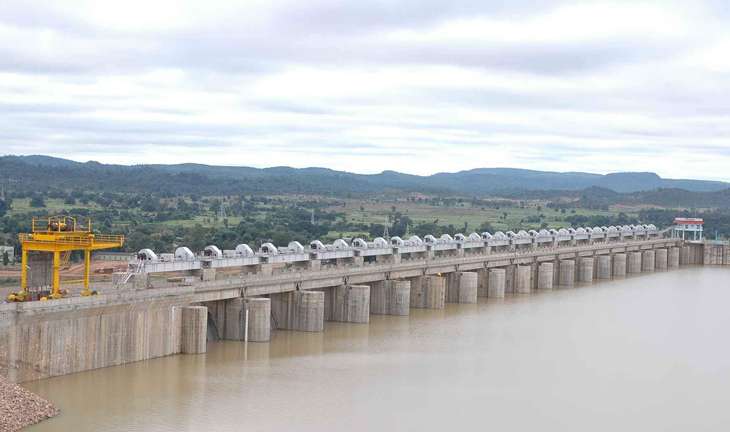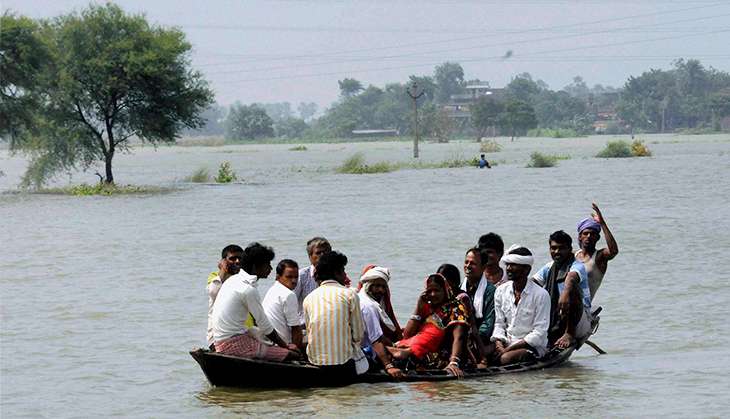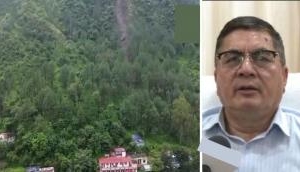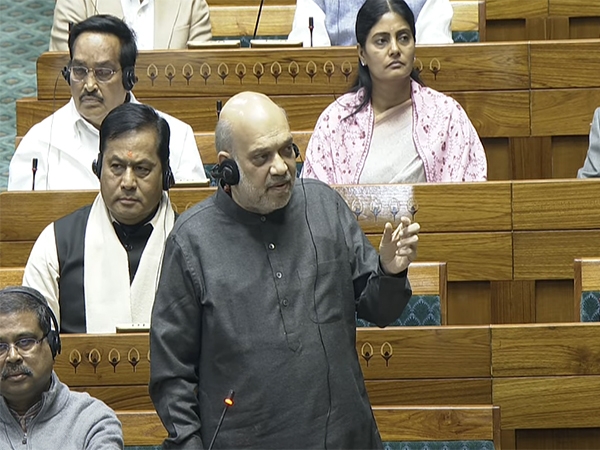Bansagar dam is chock-full. Is Bihar on the brink of another flood?

Is Bihar on the brink of another flood? Bansagar dam, a reservoir on a key tributary of the Ganga has filled to the brim. If water is released from it, as it will inevitably be, there may be a repeat of the floods Bihar saw earlier this week.
Bansagar is built on the Sone river, which meets the Ganga in Bihar, just before Patna. The dam, which is situated in Madhya Pradesh, saw heavy rainfall this year in its catchment area. But even as the dam filled up, authorities did not release the quantities of water over time.
Also read - Bagpat villagers wait for clean drinking water, get toilets instead
Filled to capacity

So when the dam got completely filled up on 18 August, they had no choice but to release massive amounts of water. The massive 15,800 cumecs (cubic metres per second) release is considered to have caused the Ganga to swell up at Bihar.
Now, because of continuing heavy rainfall, the reservoir has again filled up to levels much more than last week.
As on 26 August afternoon, the Bansagar Dam, the water level was 341.04 metres, just 0.6 m below the full reservoir level. This is in fact a shade higher than the water level reached on 18 August, 341.01 metre.
The dam currently holds 4,919 Million cubic metres (MCM) of water, the highest in at least one year and not far off from the full capacity of 5,166 MCM.
Ideally, dams are supposed to fill up through the monsoon, so that the water can be used during the winters and summers. In case of heavy rainfall, the water is supposed to be released periodically so that the dam can accommodate the extra water. But this did not happen. The dam was releasing just about 1,700 cumecs of water.
Criticism pours in

Himanshu Thakkar of the South Asia Network on Dams, Rivers and People pointed out that when the reservoir had started filling up on 25 June, it was already a third full. He said that if this water was used during the drought period that preceded the monsoon, there would have been more space in the dam and last week's release wouldn't have been necessary.
"Why was the dam allowed to fill up to 96% when active monsoon for at least six more weeks remained? Why was more water not released earlier so that sudden spike in release could have been avoided?" Thakkar asked in a recent blog post.
In fact, this is the case with most dams in Madhya Pradesh. Indira Sagar dam, the largest dam in MP, which is on the Narmada, has also filled up to nearly 90% of its capacity.
MG Choubey, Engineer-in-Chief of MP Water Resources department agreed that their recent water release was one of the highest in recent times, but said that it was not a sudden rise. "We increased from 2,000 cumecs to 5,000 to 7,000."
Choubey said that there were many reasons for the floods in Bihar, including rainfall in Uttar Pradesh and Jharkhand. He said that he personally speaks to his counterpart in Bihar before any water release, adding that they do not have any plans to release water from Bansagar again unless there is rainfall in its catchment region.
Rainfall has, in fact, been predicted by the Indian Met Department in east Madhya Pradesh, where the Bansagar dam is, over the next two days. This is corroborated by NASA data on rainfall.
More in Catch - 70 kms from Capital, Bagpat villagers wait for freedom to drink clean water
22 dead in MP floods, state has just three forecasting stations
First published: 26 August 2016, 10:28 IST






![BJP's Kapil Mishra recreates Shankar Mahadevan’s ‘Breathless’ song to highlight Delhi pollution [WATCH] BJP's Kapil Mishra recreates Shankar Mahadevan’s ‘Breathless’ song to highlight Delhi pollution [WATCH]](https://images.catchnews.com/upload/2022/11/03/kapil-mishra_240884_300x172.png)

![Anupam Kher shares pictures of his toned body on 67th birthday [MUST SEE] Anupam Kher shares pictures of his toned body on 67th birthday [MUST SEE]](https://images.catchnews.com/upload/2022/03/07/Anupam_kher_231145_300x172.jpg)






